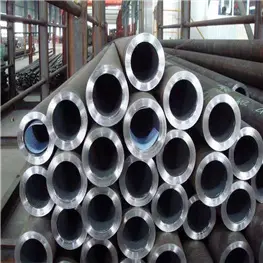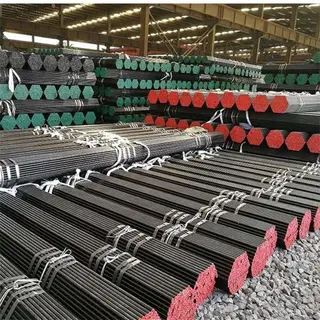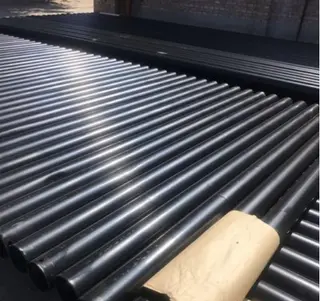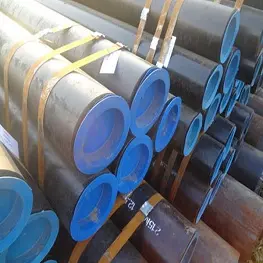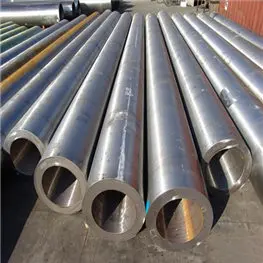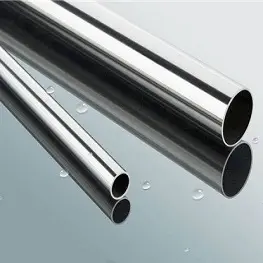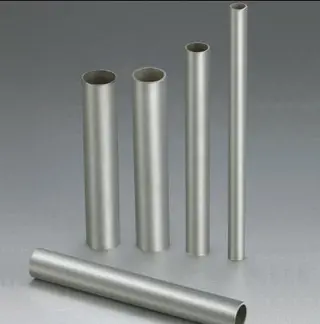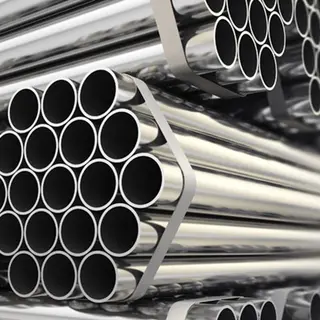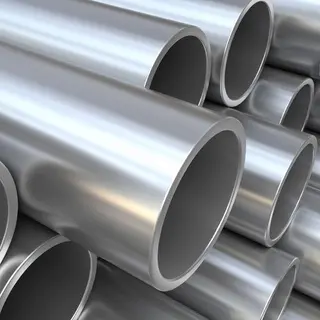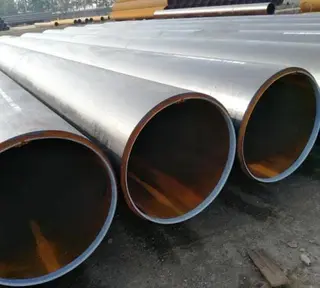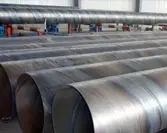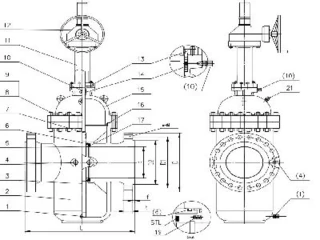Where Are the Uneven Distributions of Thick-walled Steel Pipes?
Where are the uneven distributions of thick-walled steel pipes?
The unevenness of thick-walled seamless steel pipes is mainly manifested as the unevenness of spiral walls, the unevenness of linear walls and thick and thin wall thickness at the head and tail. The details are as follows: the causes of the uneven spiral wall thickness, the rolling center line of the piercer is not correct. The inclination angles of the two rolls are not equal with each other or the reduction before the plug is too small. The uneven wall thickness is formed for adjustment reasons, and the common wall thickness is distributed in a spiral shape along the whole length of the steel pipe. The first method is to adjust the rolling center line of the piercer so that the inclination angles of the two rolls are equal with each other, and then you should adjust the pipe mill according to the parameters given in the rolling table.
Causes of the unevenness of linear wall thickness:
The height adjustment of mandrel pre threading saddle is not appropriate, and the mandrel contacts the capillary on one side during pre-threading. The gap of continuous rolling roller is too small or too large. There will be center line errors of pipe mills. The uneven reduction of single and double frames will result in the linear symmetry errors of ultra-thin (ultra-thick) flanges in single frame direction and ultra-thin (ultra-thin) flanges in double frame direction.
Adjust the height of the mandrel pre-threading saddle to ensure that the mandrel is aligned with the capillary. The gap of roller should be measured so that the theoretical gap of roller and rolling schedule can be consistent. The center line of the rolling mill is adjusted by optical alignment installation, and the center line of the rolling mill is corrected every year during the overhaul. The causes of uneven wall thickness of thick-walled steel pipes, head and tail are as follows: 1. The front end of the tube billet is inclined. 2. The bending is too large. 3. The centering hole of the pipe billet is not correct, which is easy to form uneven wall thickness of the pipe head.
The elongation coefficient is too large. The roll speed is too high, and the rolling is unstable during the process of piercing. It is easy to cause uneven wall thickness at the end of billets due to unstable steel casting of piercing machine. Check the quality of the pipe blanks to avoid large cutting angles and reduction at the end of the pipe blanks. The centering hole should be corrected when we change the pass. A lower piercing speed is selected to ensure the rolling stability. When the rolling speed is adjusted, the speed of the matching guide will be adjusted accordingly.
The unevenness of thick-walled seamless steel pipes is mainly manifested as the unevenness of spiral walls, the unevenness of linear walls and thick and thin wall thickness at the head and tail. The details are as follows: the causes of the uneven spiral wall thickness, the rolling center line of the piercer is not correct. The inclination angles of the two rolls are not equal with each other or the reduction before the plug is too small. The uneven wall thickness is formed for adjustment reasons, and the common wall thickness is distributed in a spiral shape along the whole length of the steel pipe. The first method is to adjust the rolling center line of the piercer so that the inclination angles of the two rolls are equal with each other, and then you should adjust the pipe mill according to the parameters given in the rolling table.
Causes of the unevenness of linear wall thickness:
The height adjustment of mandrel pre threading saddle is not appropriate, and the mandrel contacts the capillary on one side during pre-threading. The gap of continuous rolling roller is too small or too large. There will be center line errors of pipe mills. The uneven reduction of single and double frames will result in the linear symmetry errors of ultra-thin (ultra-thick) flanges in single frame direction and ultra-thin (ultra-thin) flanges in double frame direction.
Adjust the height of the mandrel pre-threading saddle to ensure that the mandrel is aligned with the capillary. The gap of roller should be measured so that the theoretical gap of roller and rolling schedule can be consistent. The center line of the rolling mill is adjusted by optical alignment installation, and the center line of the rolling mill is corrected every year during the overhaul. The causes of uneven wall thickness of thick-walled steel pipes, head and tail are as follows: 1. The front end of the tube billet is inclined. 2. The bending is too large. 3. The centering hole of the pipe billet is not correct, which is easy to form uneven wall thickness of the pipe head.
The elongation coefficient is too large. The roll speed is too high, and the rolling is unstable during the process of piercing. It is easy to cause uneven wall thickness at the end of billets due to unstable steel casting of piercing machine. Check the quality of the pipe blanks to avoid large cutting angles and reduction at the end of the pipe blanks. The centering hole should be corrected when we change the pass. A lower piercing speed is selected to ensure the rolling stability. When the rolling speed is adjusted, the speed of the matching guide will be adjusted accordingly.
Send your message to this supplier
Related Articles from the Supplier
What Are The Testing Standards of Carbon Steel?
- Oct 26, 2020
The Performance of 310S Stainless Steel Pipes
- Jan 19, 2021
Related Articles from China Manufacturers
The Heat Treatment Process of Steel Pipes
- Jul 05, 2017
The main uses of welded steel pipes
- Aug 31, 2023
Related Products Mentioned in the Article
- www.chinatopper.com
- Address: Xiamen
- Phone: 86-592-5819200
- Business Type: Trading, Industry & Trading, Manufacturer,
Supplier Website
Source: https://www.pipessteel.com/news/where-are-the-uneven-distributions-of-thick-walled-steel-pipes.html

